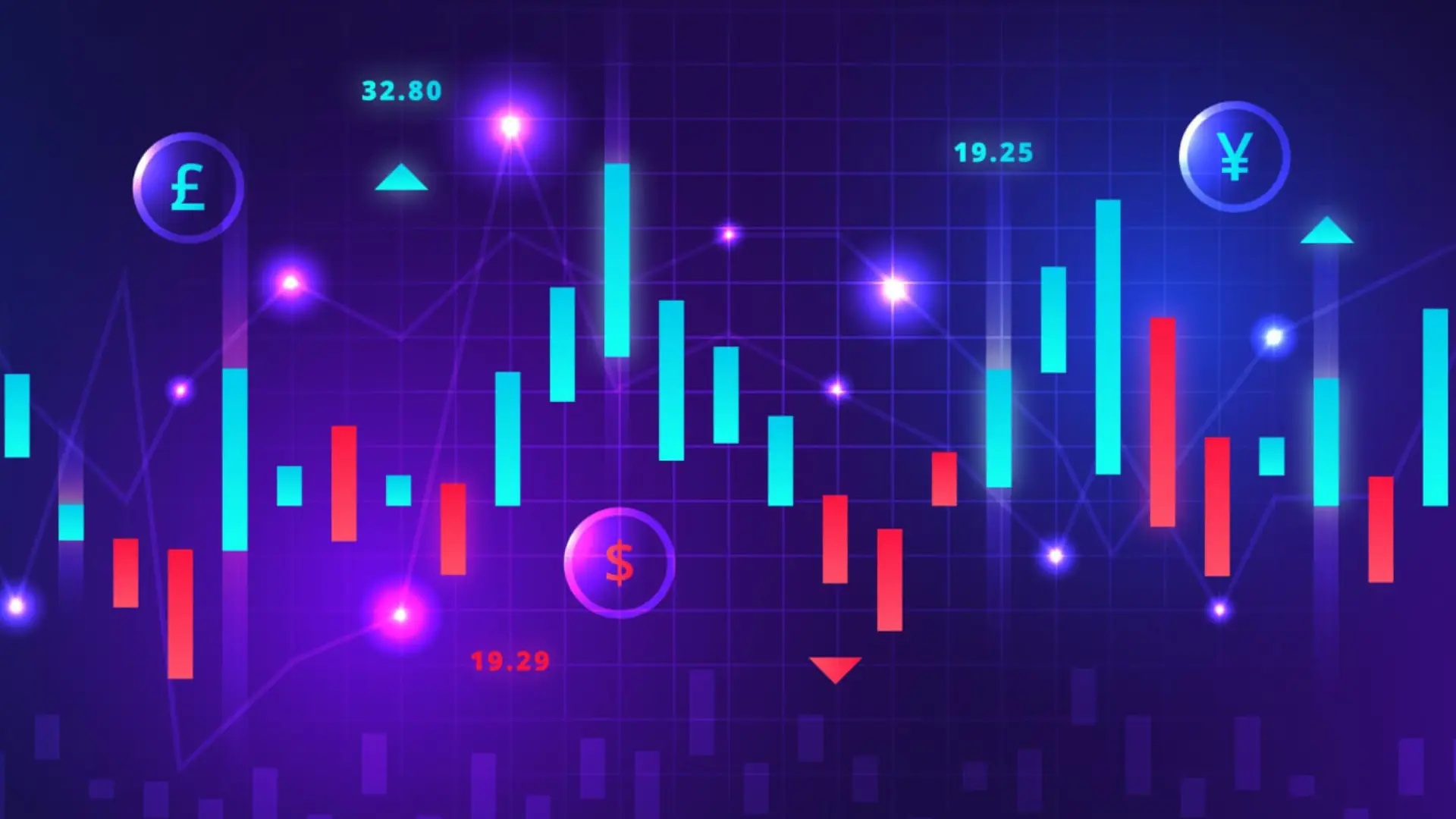
Understand Basic Terminologies of Forex Trading?
Introduction
Foreign exchange, usually referred to as Forex or FX, is the process of exchanging one currency for another, for example, EUR/USD (Euro - US Dollar), USD/JPY (US Dollar - Japanese Yen), and GBP/USD (US Dollar - British Pound) (British Pound - US Dollar). However, it is not always so simple and may become pretty complicated at times. Therefore, before contemplating trading currency pairings, it's a good idea to become acquainted with some of the more commonly used phrases in the field of foreign exchange. The first step in developing your own forex trading strategy is to get familiar with these phrases.
Fundamental Forex Terms
The following is a list of frequently used terminology in the foreign exchange trading industry:
Pip - Generally, the smallest price increase for a currency pair. Pips are used to quantify the fluctuation of a currency pair.
Bid - The price that the market maker/broker is willing to pay to purchase the currency pair.
Market Maker/Broker Ask - The price at which the market maker/broker is willing to sell the currency pair.
Spreads - The spread between the Buy/Sell (Bid/Ask) prices supplied by the trading platform to traders. When a CFD provider provides lower spreads than rivals, traders benefit from a narrower spread between the Buy and Sell prices of the underlying foreign exchange trading pair.
The base currency, often known as the nominator, is the initial currency in a currency pair (or top number).
The second currency in a currency pair is often known as the numerator (or bottom number).
Leverage - A technique for acquiring exposure to higher quantities of money without paying the entire value of the deal upfront. It enables you to trade bigger quantities of money with less capital. For instance, leverage of 1:50 indicates that you could use $200 to initiate a $10,000 transaction. This results in an amplification of both profits and losses.
Terminology for Market Trading
To assist you in comprehending the numerous ideas and technical phrases, we've developed a list of key market terms to remember:
Bear Market - A market in decline, where traders anticipate further price declines, indicating that there will be increased short selling (or traders 'going short').
Bull Market - An appreciating market in which traders are anxious to enhance their long trading activity (often referred to as 'going long').
Broker – A middleman who facilitates transactions between merchants and financial organizations.
Federal Reserve - The official central bank responsible for regulating economic activity in the United States of America. Frequently shortened as 'Fed'.
GDP (Gross Domestic Product) - The overall value of a country's economic activities.
Inflation - The rate at which the price of goods and services in a country's/economy’s state increases.
Interest Rates - The interest rates charged by a bank or credit provider for lending money. In general, central banks set interest rates, which are crucial to a currency's strength or weakness.
LIBOR (London Interbank Offered Rate) - the rate at which banks lend money to one another in the London Interbank market; this rate is frequently used as a benchmark interest rate.
Foreign Exchange Volatility - The degree to which a currency pair's price fluctuates, or the degree to which its price movement can be dramatic/unpredictable. This is a broad measure of how hazardous it is to trade a certain currency pair.
Takeaway
These are just a few of the fundamental phrases that you should be familiar with prior to trading forex currency pairs. There are many more, and some will be more important to you than others; it all depends on the currencies you intend to trade and the sorts of transactions you intend to execute. If you're interested in trading forex CFDs, Inveslo provides a complex yet user-friendly platform through which you may trade forex and hundreds of other assets using CFDs.